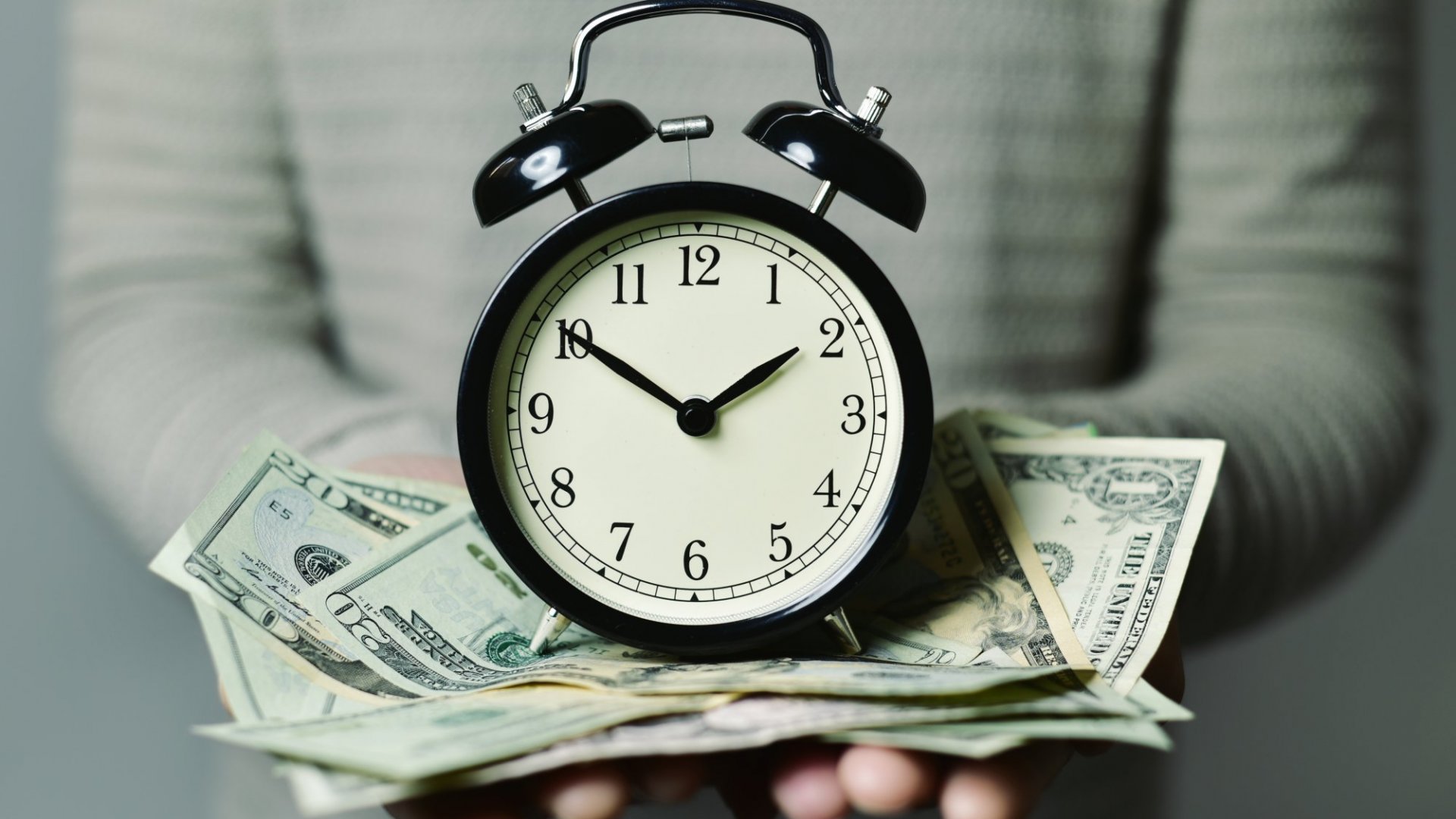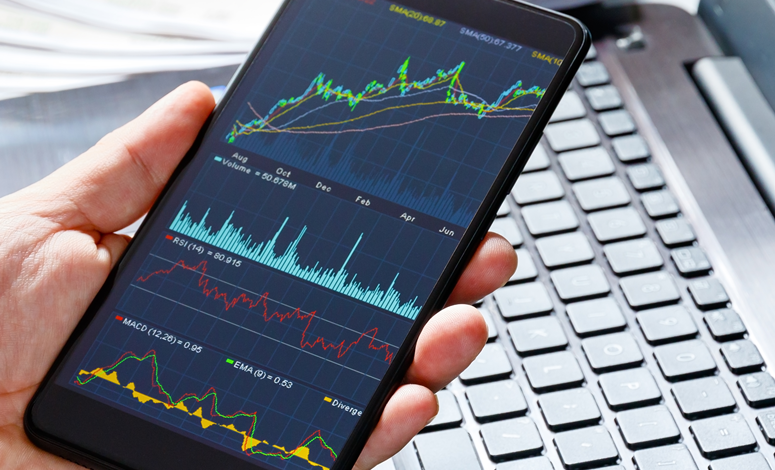
Day trading involves making short-term trades, never lasting more than one day, in an attempt to make profits in the financial markets. Some day traders are very active, making many trades every day, while others may enter and exit only one position per day. The most common day trading markets are stocks, foreign exchange (or forex, for short), and futures. Day trading can be a part-time hobby or a full-time career. It can be lucrative for some, but the long-term success rate is low.

Here are some tips and information on how much time you should consider practicing before starting to trade, the amount of money you'll need, and methods to improve your skills over time.
01
Time Investment
Day trading isn't a get-rich-quick scheme, nor is it something that takes years to gain consistency. Expect to spend six months to a year honing your skills and practicing a strategy before you become comfortable with it and are ready to risk your own capital using it.
The mistake most new traders make is that they don't practice their strategy in a demo account—a trading simulator—for those crucial months before putting their money at risk. Therefore, they won't really know how well a strategy works and how they will need to adjust it when market conditions change. The demo account also enables prospective day traders to hone their essential trading psychology skills, such as patience, discipline, and focus.
As you begin practicing, you may notice you perform better at certain times of the day. Focus on these times. While practicing may take several hours per day during the first year, many experienced day traders trade only for one to three hours a day.
02
Day Trading Styles
There are a number of day trading styles. Some traders are very active, catching small price movements with large position sizes. These types of traders are called scalpers. They often make dozens of trades a day.
Other day traders try to capture bigger price movements, letting their gains continue while running the risk of a price reversal. These trades typically last longer than a scalper's trades but should have a clear close-out price in place.
Most day traders use price charts to decide when to execute trades. Many also rely on Level II trading data, which offer greater insights into the level of trading interest. Some day traders may focus on specific news events or statistic tendencies they have researched.
03
Capital Requirements
Different markets require different amounts of capital to day trade. Stocks are popular, but also the most capital intensive. If you want to day trade stocks in the U.S., the absolute minimum you need is $25,000. And you'll actually need more because you need to keep your balance above $25,000. Starting with $30,000 or more is recommended. You can utilize up to 4:1 leverage on day trades.4? Therefore, a $30,000 deposit allows a day trader to make bets with up to $120,000.
If you day trade forex, you can start with as little as $500, though starting with more is recommended. In forex, leverage of up to 100:1 is available.
Day trading futures is possible with a $1,000 deposit—though minimums are far less than that and differ according to the broker.6? More money is better, though: If you're trading a popular contract like the S&P 500 E-mini, start with at least $3,500, and ideally $7,000 or more.
While leverage can amplify returns, it can also create large losses and even result in a negative account balance, meaning you owe the broker money.
//Warning: Always use leverage with caution, and utilize a stop-loss order on trades.
04
Day Trading Markets
If you have limited capital, forex trading may be your only choice because of its low minimum initial outlay. If you have a good deal of money to trade with, you can figure out whether you'd prefer to trade 1) stocks with at least relatively high volume and volatility or 2) futures—contracts that require the buying or selling of a certain amount of an asset, such as gold, crude oil, or an index of stocks, during a specific time frame.
//Note: Because day traders make and close out positions within a single day, they would not be required to actually deliver the assets in question—or pay a cash settlement—at the time the futures contract expires.
Each market has its own nuances and will take time to learn. It's generally a good idea, at least as a beginning trader, to become thoroughly familiar with and specialize in one market instead of trying to trade them all.
05
Hardware and Software Requirements
Day trading requires a computer and reliable, high-speed internet access. You might want to have more than one monitor to make it easier to keep tabs on multiple trading charts. You should also have a mobile phone with a good data plan handy in case you ever lose your internet connection.
You will also have to select a broker to provide you with market data and carry out trades. And you'll need to select a trading platform, should you decide not to go with the one provided by your broker. The trading platform will include charting software, which is an absolute requirement for day trading.

Risk Warning: The above content is for reference only, and does not represent JRFX’s position. JRFX does not assume any form of loss caused by any trading carried out in accordance with this article. Please consult your financial planner for your investment portfolios and manage your own risk.
JRFX is an online CFD broker providing more than 50 products for Forex, metals and commodities. Open a trading account within a minute. Deposit 100USD and download our MT4 trading platform now! We have unprecedented promotion program!

|

|

|

|

Views: 1648

Likes: 0
